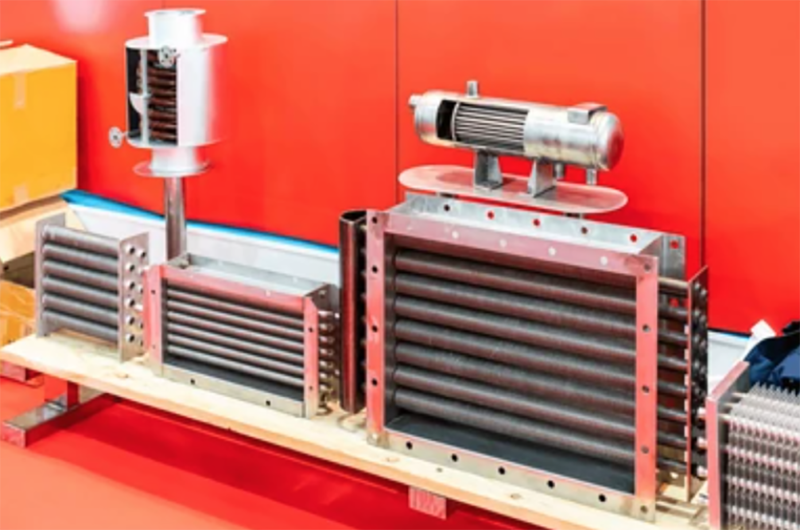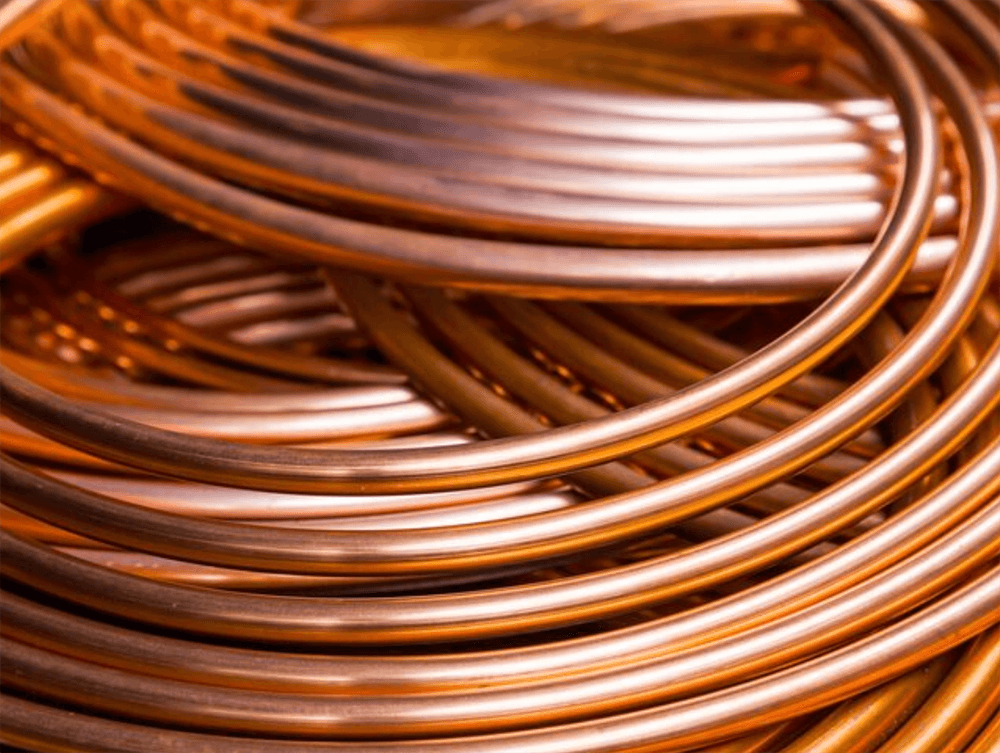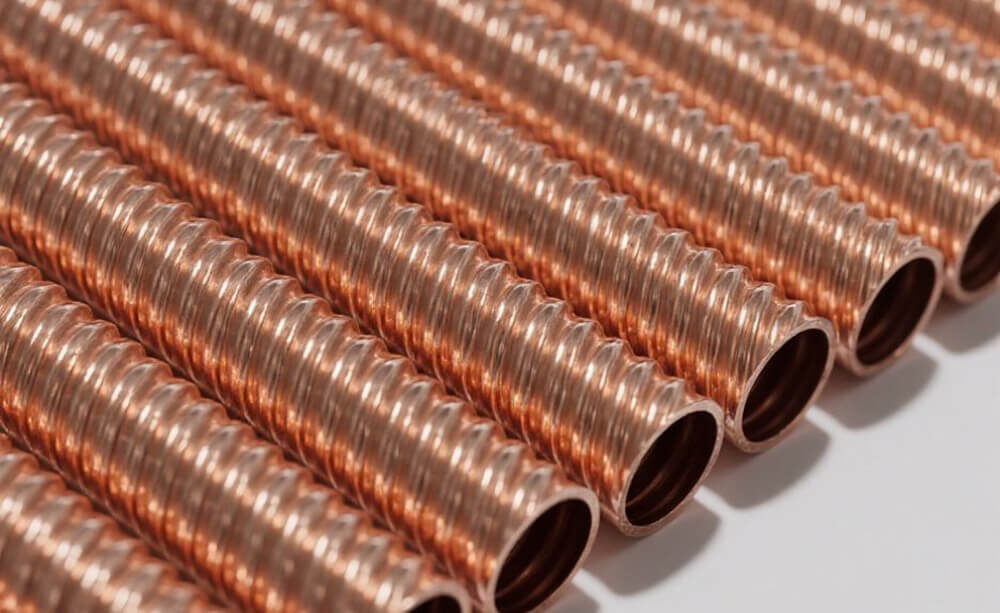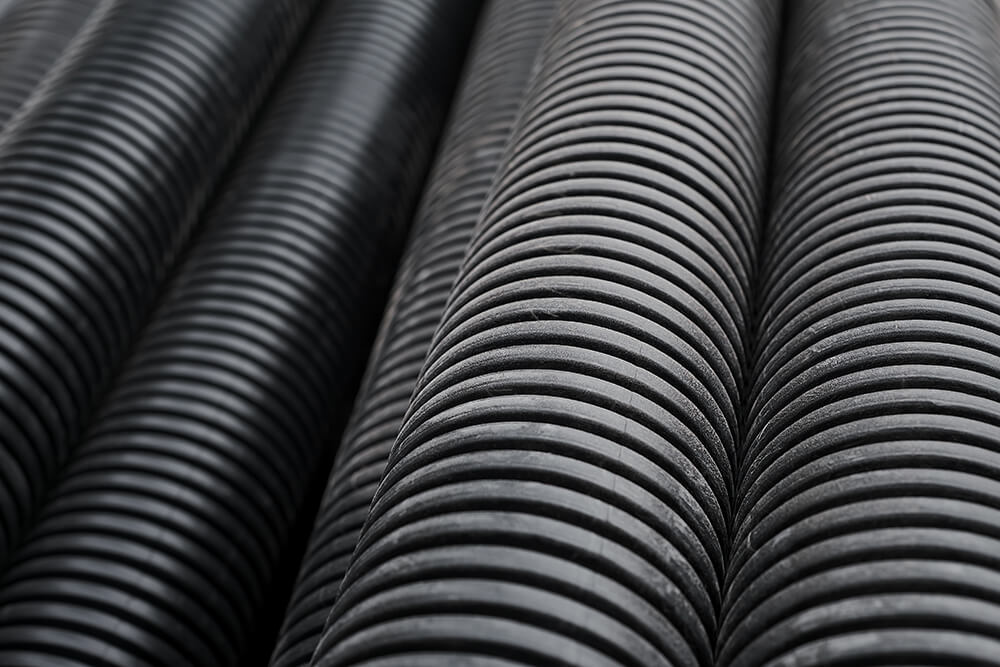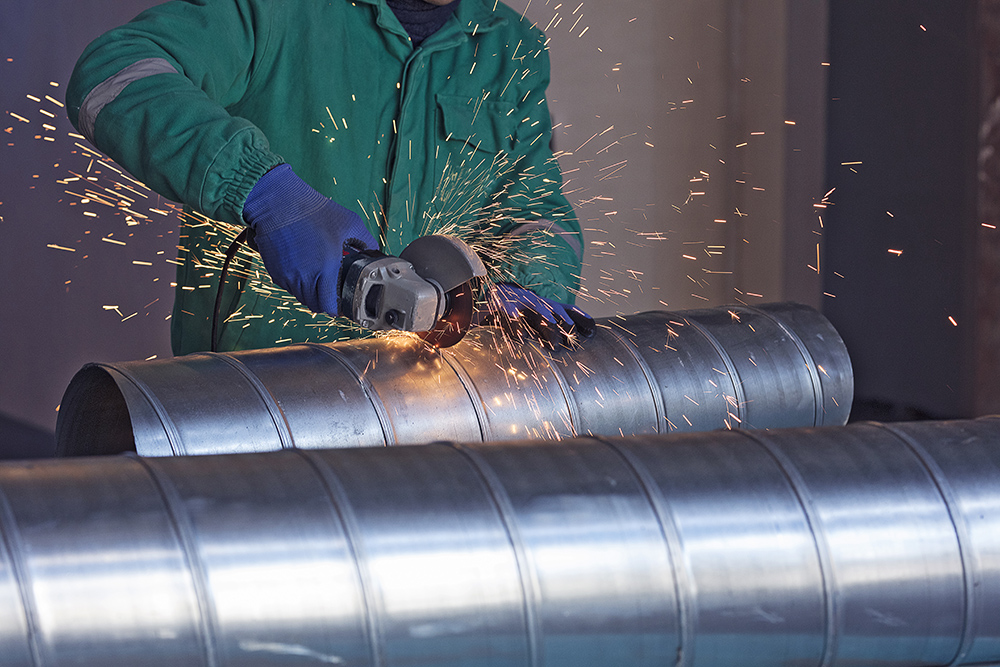In the world of heat exchange technology, shell and finned tube heat exchangers play an essential role in both industrial and commercial applications. These systems are designed to efficiently transfer heat between two fluids – one typically flowing through the tubes and the other around the tubes in the shell. Shell and finned tube heat exchangers are preferred in situations where enhanced heat transfer, compact design, and reliability are paramount.
But what exactly are shell and finned tube heat exchangers, and why are they such a popular choice for industries ranging from HVAC to power generation?
In this blog, we’ll break down the total portrayal of shell and finned tube heat exchangers, looking at their construction, advantages, limitations, and key applications. By the end, you’ll have a clearer understanding of how these systems work and why they remain a critical component in modern thermal systems.
What is a Shell and Finned Tube Heat Exchanger?
A shell and finned tube heat exchanger is a type of heat exchanger where heat is transferred between two fluids: one flowing inside the tubes (the tube side) and the other flowing over the outside of the tubes (the shell side). This design is highly effective for large-scale heat exchange processes where a large surface area is required for efficient thermal transfer.
The “shell” refers to the cylindrical casing that surrounds the tubes, while the “finned tubes” are the individual tubes equipped with metal fins. These fins, usually made of aluminum or copper, are designed to increase the heat transfer area, enhancing the exchanger’s efficiency by allowing more air or fluid to interact with the surface.
How Does It Work?
The operation of a shell and finned tube heat exchanger is straightforward yet efficient. Here’s a simplified breakdown:
- Fluid Flow: One fluid (usually gas or liquid) flows through the tubes, while the second fluid flows around the outside of the tubes within the shell. This arrangement allows heat to transfer from one fluid to the other via the tube walls.
- Finned Tubes: Fins are attached to the surface of the tubes to increase the surface area available for heat transfer. As one fluid heats or cools the tubes, the fins help dissipate the heat more quickly, improving the overall efficiency.
- Heat Transfer: Heat flows from the hot fluid to the cooler fluid through conduction, convection, and radiation. The fins increase the rate of heat transfer by maximizing the area of contact between the fluid and the tube.
This system is widely used in scenarios where a high heat transfer rate is required in a relatively compact space.
Advantages of Shell and Finned Tube Heat Exchangers
- Enhanced Heat Transfer Efficiency: The addition of fins to the tubes greatly increases the surface area available for heat exchange, which significantly boosts the system’s thermal performance. This feature is especially useful in systems that deal with fluids with lower thermal conductivity, as it helps achieve efficient heat dissipation without requiring larger equipment.
- Compact Design: These heat exchangers offer high efficiency while maintaining a compact design. The shell and finned tube configuration allows for a larger heat exchange area in a smaller space compared to traditional heat exchangers, which makes them ideal for applications with space constraints.
- Corrosion Resistance: The materials commonly used for both the tubes and fins, such as copper, stainless steel, and aluminum, are highly resistant to corrosion, ensuring that the heat exchangers remain durable over time. This resistance is crucial in industries like marine engineering, HVAC, and chemical processing, where exposure to harsh environments is a concern.
- Versatility: Shell and finned tube heat exchangers are used in various industries, including power generation, refrigeration, petrochemical, and air conditioning. Their ability to handle both gas and liquid fluids makes them highly versatile and adaptable to different operating conditions.
- Low Maintenance: Finned tube heat exchangers are generally easy to maintain. Their design allows for straightforward cleaning of the fins and tubes, which is crucial to maintain optimal heat transfer performance over time. The materials used are also resistant to clogging and scaling, further reducing the need for regular upkeep.
- Cost-Effective: Although shell and finned tube heat exchangers are typically more expensive than simpler designs, their long-term operational savings make them cost-effective. Their energy efficiency reduces operational costs, and their durability minimizes the need for repairs or replacements.
Limitations of Shell and Finned Tube Heat Exchangers
While shell and finned tube heat exchangers offer significant benefits, they also come with a few limitations to consider:
- Pressure Drop: The design of the shell and tube system can lead to pressure losses, especially on the shell side. The fluid flowing around the tubes may experience turbulence, causing a drop in pressure. This can impact the overall system efficiency and require additional energy to pump the fluids.
- Complexity in Design: Designing an effective shell and finned tube heat exchanger can be complex. Factors such as fluid velocity, pressure drop, and thermal conductivity must be carefully balanced to achieve optimal performance. This complexity often requires specialized engineering knowledge and the use of advanced simulation software to model and optimize the heat exchanger’s design.
- Size Constraints: While the design is compact, the overall size of the heat exchanger can still be large depending on the application. This can create challenges in applications where space is extremely limited.
- Cost: The manufacturing process for shell and finned tube heat exchangers, especially those with custom fin designs, can be expensive. Additionally, the initial investment in materials like copper or aluminum can add to the overall cost. However, as mentioned earlier, the long-term energy savings and durability often outweigh the upfront costs.
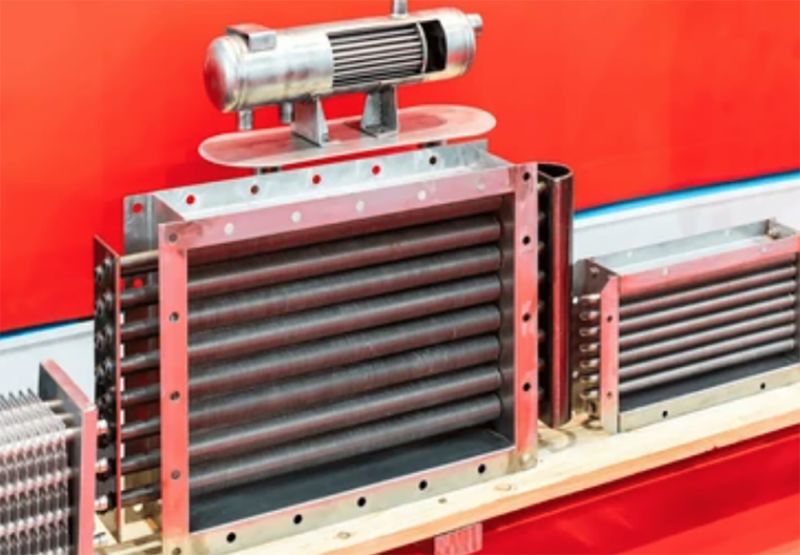
Applications of Shell and Finned Tube Heat Exchangers
Shell and finned tube heat exchangers are found in many industries and applications, including:
- HVAC Systems: They are commonly used in air conditioning systems, cooling towers, and refrigeration systems.
- Power Plants: In power generation, these heat exchangers are used for cooling steam or exhaust gases and transferring heat between various fluids.
- Chemical Processing: They are used in chemical plants for heat recovery and cooling of fluids.
- Marine Applications: Their corrosion resistance makes them suitable for marine environments where seawater cooling is needed.
- Food and Beverage Industry: They are used in pasteurization, refrigeration, and other processes where temperature control is essential.
Conclusion
The shell and finned tube heat exchanger is an indispensable component in a wide variety of industrial processes that require efficient heat transfer. By increasing the surface area for heat exchange, these systems provide higher efficiency while maintaining a compact footprint. They are especially useful in applications where both space and performance matter.
Despite their advantages, these heat exchangers come with their own set of challenges, such as pressure drop and complexity in design. However, their cost-effectiveness, energy efficiency, and versatility make them the preferred choice in many demanding applications.
Overall, shell and finned tube heat exchangers combine high efficiency, versatility, and durability, making them a go-to solution for heat exchange in large-scale industrial applications, ensuring effective performance across a variety of challenging environments.

